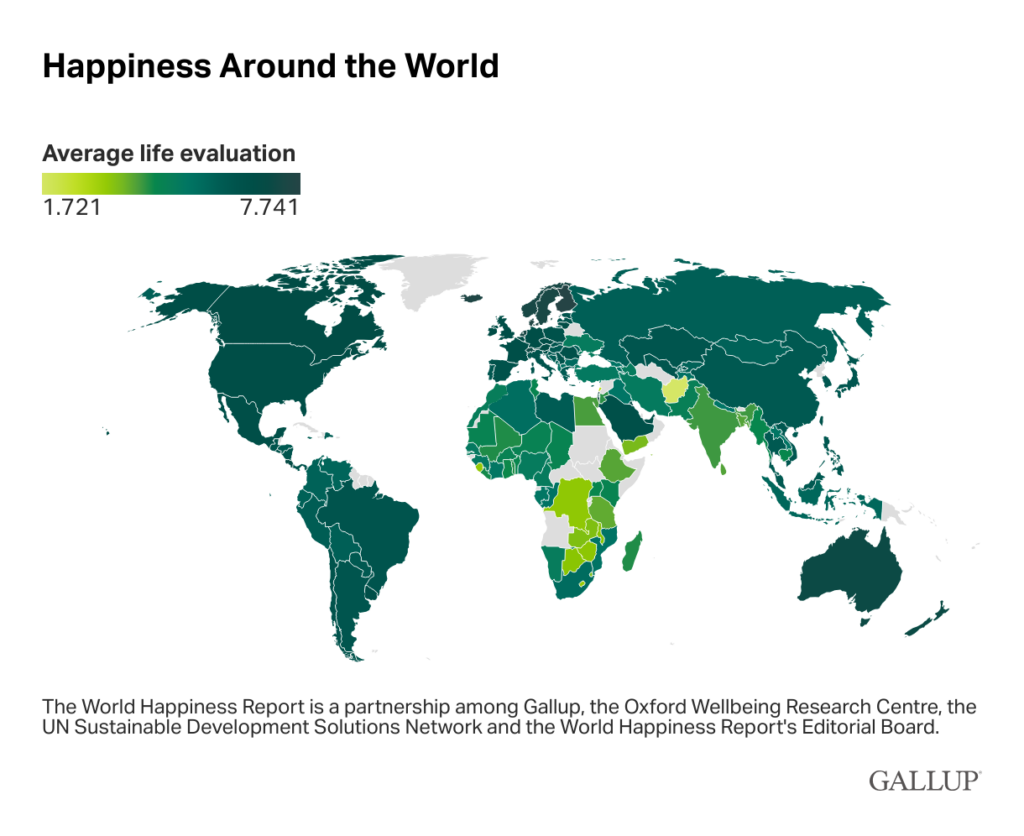Summary
Quality of life (QoL) includes physical, emotional, and social well-being, influenced by factors like living conditions, work-life balance, and healthcare access. To define and improve QoL, we need to consider both tangible and intangible elements. Strategies such as maintaining routines, creating supportive environments, and focussing on well-being can enhance QoL. By understanding these aspects, we can design spaces that help us achieve greater satisfaction with our lives and improve our overall health.
Key Takeaways
Take a Balanced Approach
Quality of Life is best achieved through balanced physical, mental, social, and financial well-being, all supported by a conducive environment.
Cultivate a Holistic View
To define quality of life, we need to take a holistic view of well-being, one that encompasses overall physical, mental, and social health. It cannot be a “one size fits all approach” but rather a bespoke model that allows for individual scope.
Create a Nurturing Environment
Communities designed with evidence-based principles have been shown to enhance your overall well-being, providing a nurturing environment that fosters personal growth and satisfaction.
“Communities built on evidence-based principles can enhance well-being by fostering personal growth and satisfaction. Sensory elements like natural lighting, ergonomic furniture, and specific scents can significantly improve inhabitants’ overall well-being.”
Quality of Life: An Overview
Quality of life (QoL) is a concept that considers an individual’s physical, emotional, and social well-being. Influenced by factors such as living conditions, work-life balance, access to healthcare, and personal fulfilment, the goal is to create environments that foster personal growth and satisfaction, ultimately enhancing overall health and well-being.
Historical and Scientific Perspectives
Historians and scientists have long debated how to quantify QoL. What began as a philosophical discussion is now a critical topic in the scientific and political spheres. In today’s world, dominated by technology and constant information, it is important to understand the factors that influence QoL and how we can achieve it.
Defining Quality of Life
The World Health Organization defines Quality of Life as an individual’s perception of their position in life within the context of their culture, value system, goals, expectations, standards, and concerns. QoL is subjective and multifaceted, encompassing more than physical fitness and economic security. Social networks, relationships, and emotional security also play key roles in defining QoL.
One major source of evidence is people’s overall happiness, with the World Happiness Report serving as a recognised measure of global life satisfaction. According to recent surveys, young people (aged 15-24) report higher life satisfaction than older adults, although this gap is narrowing in Europe and reversing in North America. Additionally, higher well-being is shown to reduce the risk of developing dementia later in life.

Quantifying Quality of Life
While some aspects of QoL are easy to quantify (e.g., body mass index, income, diet), others are more elusive (e.g., social support, relationships, purpose). The Satisfaction with Life Scale (SWLS), created in 1985, remains a simple yet effective tool for assessing overall life satisfaction. Although it doesn’t delve deeply into specific domains, it provides a valuable starting point.
European Quality of Life Survey
The European Quality of Life Survey (EQLS) has been conducted every four to five years since 2003, examining both objective and subjective factors affecting people’s lives. The 2016 survey included nearly 37,000 people from 33 countries, focussing on: Quality of Life, Quality of Society, Quality of Public Services
These surveys highlight issues that general statistics may overlook, such as the perceived quality of society, trust in institutions, and social tensions. They also address subjective topics like happiness, life satisfaction, and societal participation.
Study Date 15 Feb 2022
Author Jane Doe, John Smith, Mohammed Ali
Enhancing Quality of Life
Improving QoL involves creating environments that support individual lifestyles and aspirations. Routine, mindfulness, meditation, proper diet, and exercise are proven ways to enhance QoL. Research indicates that healthy routines, such as consistent eating and exercise habits, contribute to better well-being.
The design of our living environments also impacts QoL. Communities built on evidence-based principles can enhance well-being by fostering personal growth and satisfaction. Sensory elements like natural lighting, ergonomic furniture, and specific scents can significantly improve inhabitants’ overall well-being.
Conclusion
Understanding and improving QoL involves considering physical, social, and emotional factors. As we continue to learn about these factors, adjusting our environments and behaviours will be crucial in helping individuals thrive in the future.
References
World Happiness Report 2024
Gallup – 2024 | View Article
European Quality of Life Survey 2016
Eurofund – 2016 | View Article
Four Scales to Measure Satisfaction with Life
Positive Psychology – 2019 | View Article

